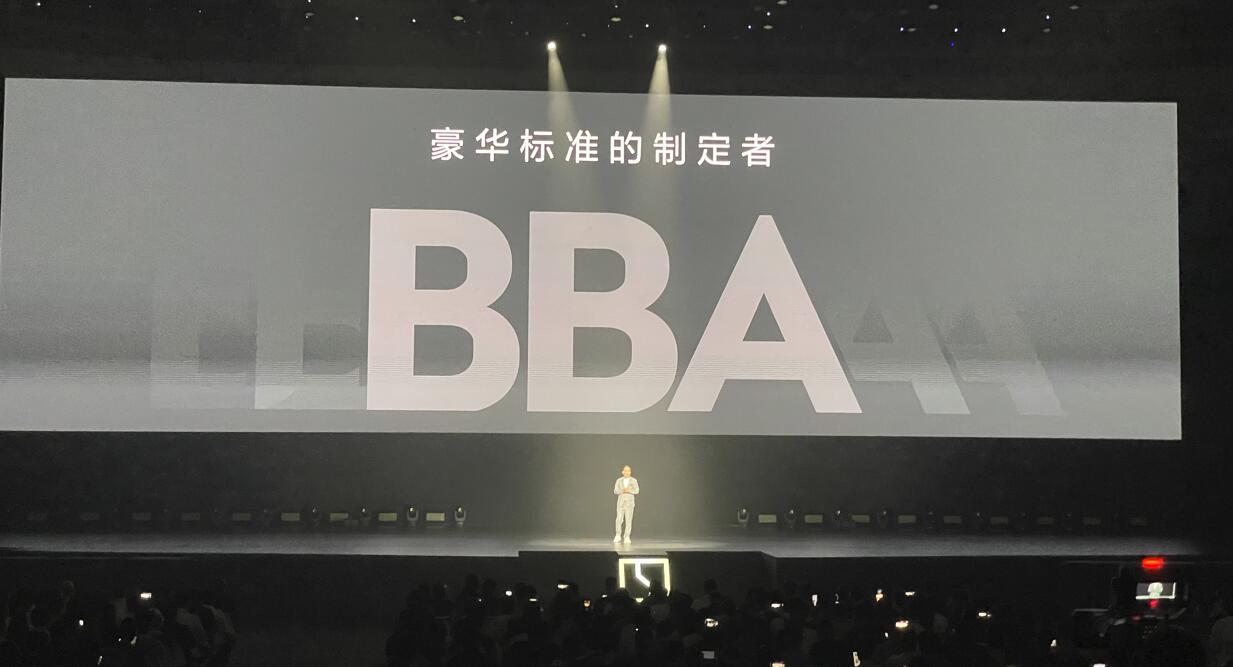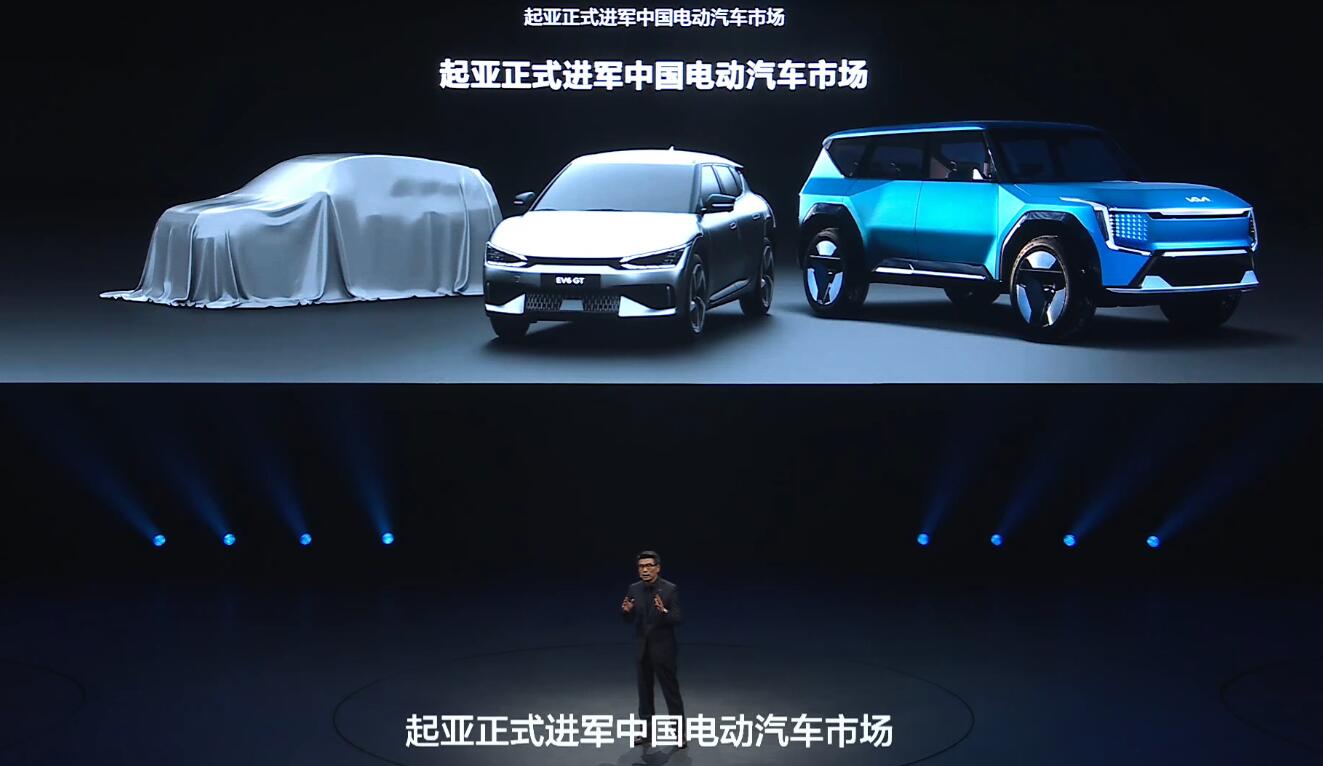Zeekr CEO believes that despite having a presence in the compact car market, German luxury brands are not offering any truly competitive luxury products.

(Image credit: CnEVPost)
German luxury automakers are seeing a loss of share in the premium market in China as they are slow to make the transition to electrification. Now, with the launch of a new electric SUV with strong performance and competitive pricing, this process could be further accelerated.
Zeekr, Geely Holding Group's premium electric vehicle (EV) brand, officially launched its third model, the Zeekr X, at an event in the southwestern Chinese city of Chengdu on Wednesday.
The model is based on Geely's Sustainable Electric Architecture (SEA) and is positioned as an urban sport utility vehicle suitable for adults, children and any accompanying pets, Zeekr said.

(Image credit: CnEVPost)
With a length, width and height of 4,450mm, 1,836mm and 1,572mm respectively, and a wheelbase of 2,750mm, the Zeekr X is a typical compact SUV.
Zeekr hopes to disrupt the compact luxury car market, which is dominated by Mercedes-Benz, BMW and Audi, with the SUV. Andy An, its CEO, said at the launch that the market currently has only luxury brands but no real luxury products.
With the launch of the Zeekr X, compact size no longer means sacrificing space, performance or features, An said.
Zeekr has packed the Zeekr X with a host of features that feel fresh, including facial recognition unlocking, a moveable center screen, electric folding rear seats, and an in-car refrigerator that can provide temperatures as low as -15 degrees Celsius.

(Image credit: Zeekr)
In terms of performance, the dual-motor version of the Zeekr X boasts a combined maximum power of 315 kW and maximum torque of 543 Nm, and can sprint from 0 to 100 km/h in 3.7 seconds.
Even the single-motor version of the Zeekr X can accelerate from 0 to 100 km/h in 5.8 seconds.
This kind of powerful performance from a compact model is not often seen in the Chinese auto industry, and such markets are usually considered niche markets.
However, An said in a media group interview after the launch that the compact market lacks true luxury products and that this needs to be fundamentally changed.

(Image credit: CnEVPost)
An does not believe it is reasonable to judge a model's potential by the existing market landscape, because as long as a car company offers a product that meets demand, the market will get bigger, as proven by Zeekr's first model, the Zeekr 001.
The shooting brake market targeted by the Zeekr 001 was previously seen as having a very small total addressable market in China, but the model was an unexpected success and 71,941 units were delivered in 2022.
The Zeekr X is available in three versions, one starting at RMB 189,800 ($27,610) and the other two at RMB 209,800.
An told media, including CnEVPost, after the event that Zeekr will not launch models priced lower than the Zeekr X.
All three versions of the Zeekr X are powered by a ternary lithium battery pack with a capacity of 66 kWh and a CLTL range of up to 560 km.
The Zeekr X is already taking pre-orders and deliveries will start in June.
In response to a question from CnEVPost, An said the company is targeting 40,000 deliveries of the SUV this year.
In addition to being available in China, the Zeekr X will also be available in Europe. An said there is plenty of room in the global market for compact SUVs.
An mentioned that the Zeekr 001 will also be brought to Europe, without revealing more about when, but said Zeekr will officially unveil its European strategy at the Shanghai auto show in a few days.
The Zeekr 001 was launched on April 15, 2021, and deliveries began in October 2021. On November 1, 2022, Zeekr's second model, the Zeekr 009 MPV, was launched, and deliveries began on January 15.
Zeekr aims to double its sales to about 140,000 units this year. It delivered 15,234 vehicles in the first quarter of the year, and the goal means it needs to deliver an average of about 14,000 vehicles per month next.
($1 = RMB 6.8748)

(Image credit: CnEVPost)
Zeekr aims for 140,000 sales in 2023, to launch 2 new models, CEO says in internal letter
The post Zeekr launches Zeekr X SUV to gain further share from market dominated by German luxury automakers appeared first on CnEVPost.
For more articles, please visit CnEVPost.





























